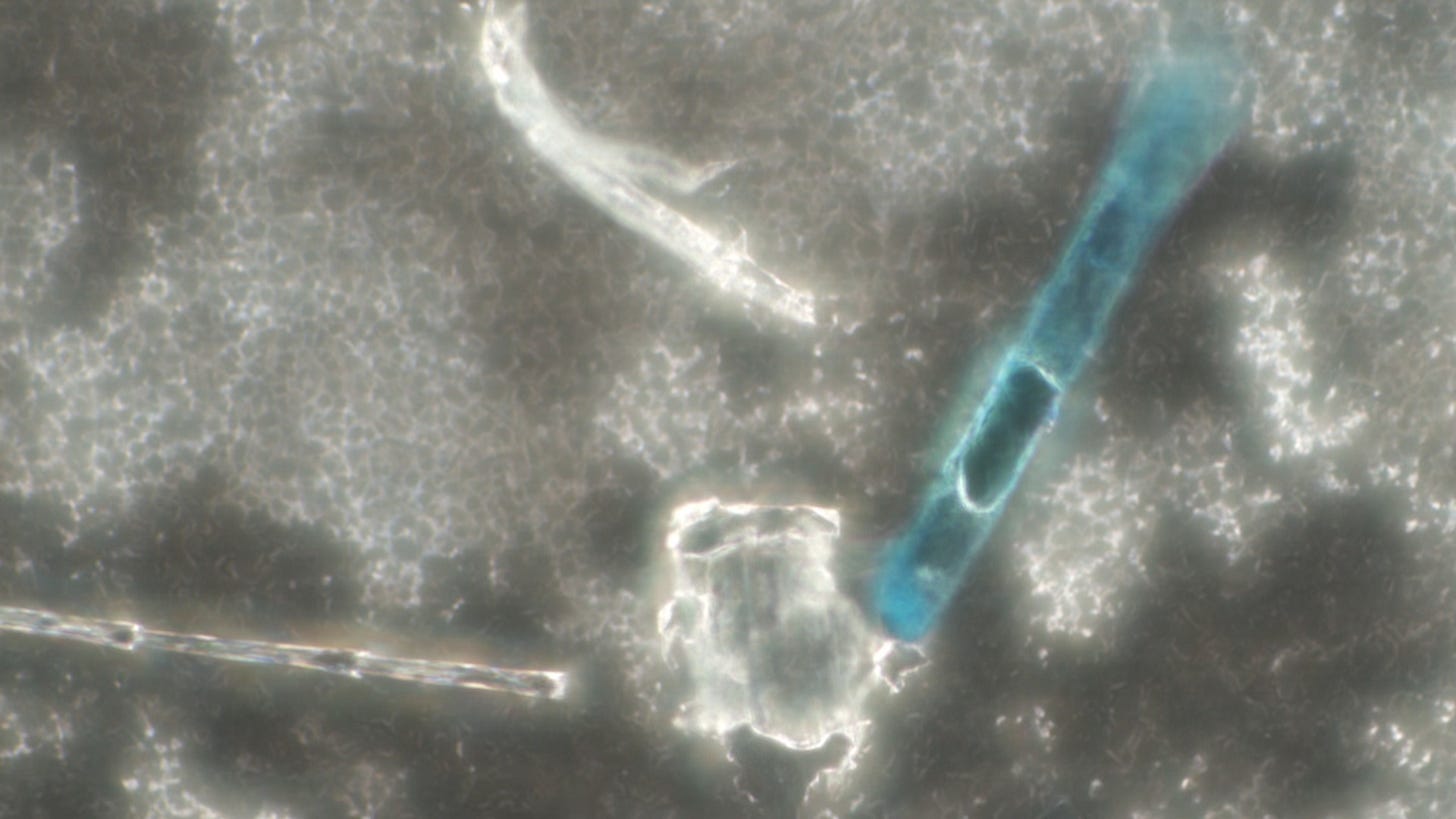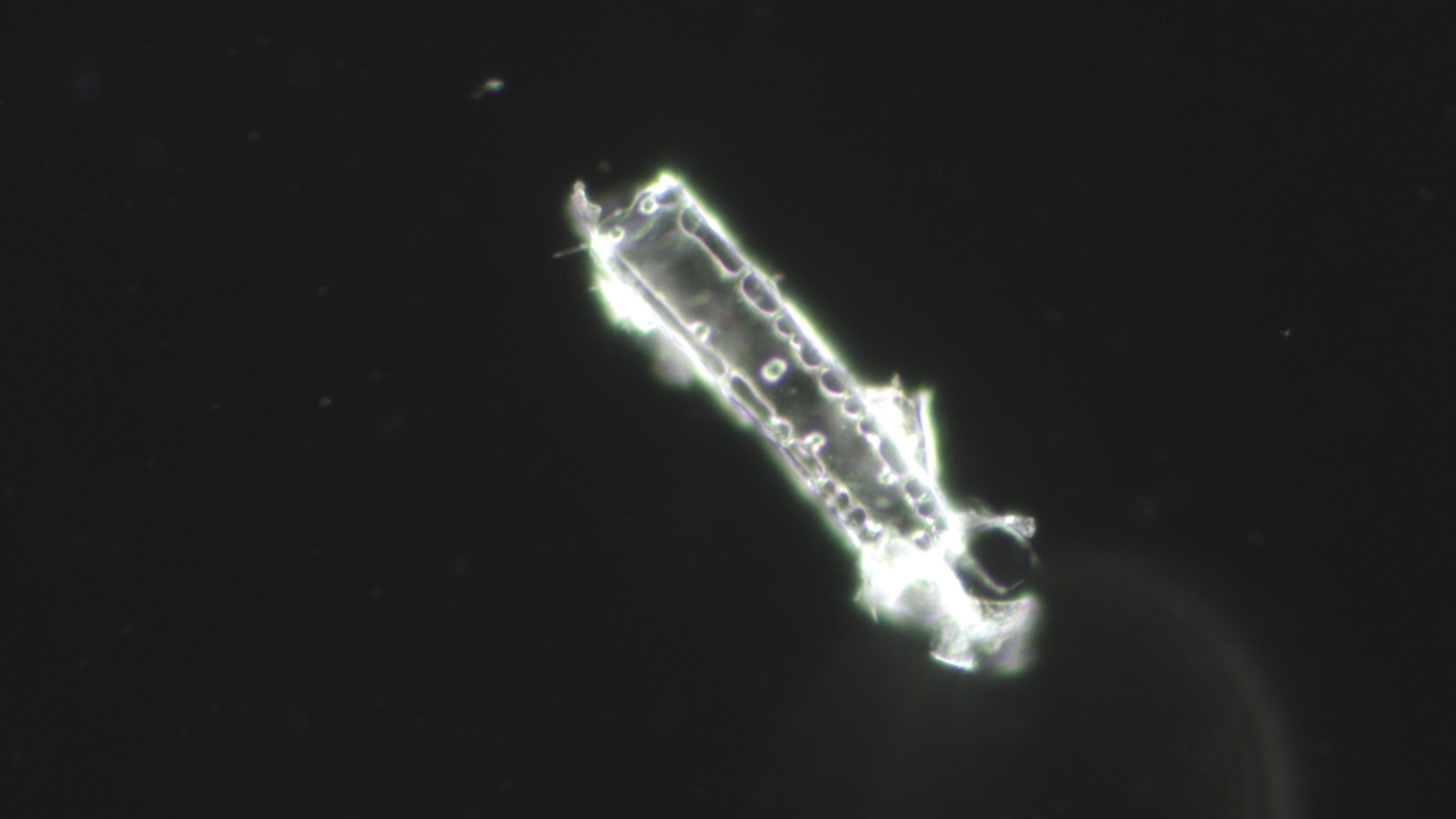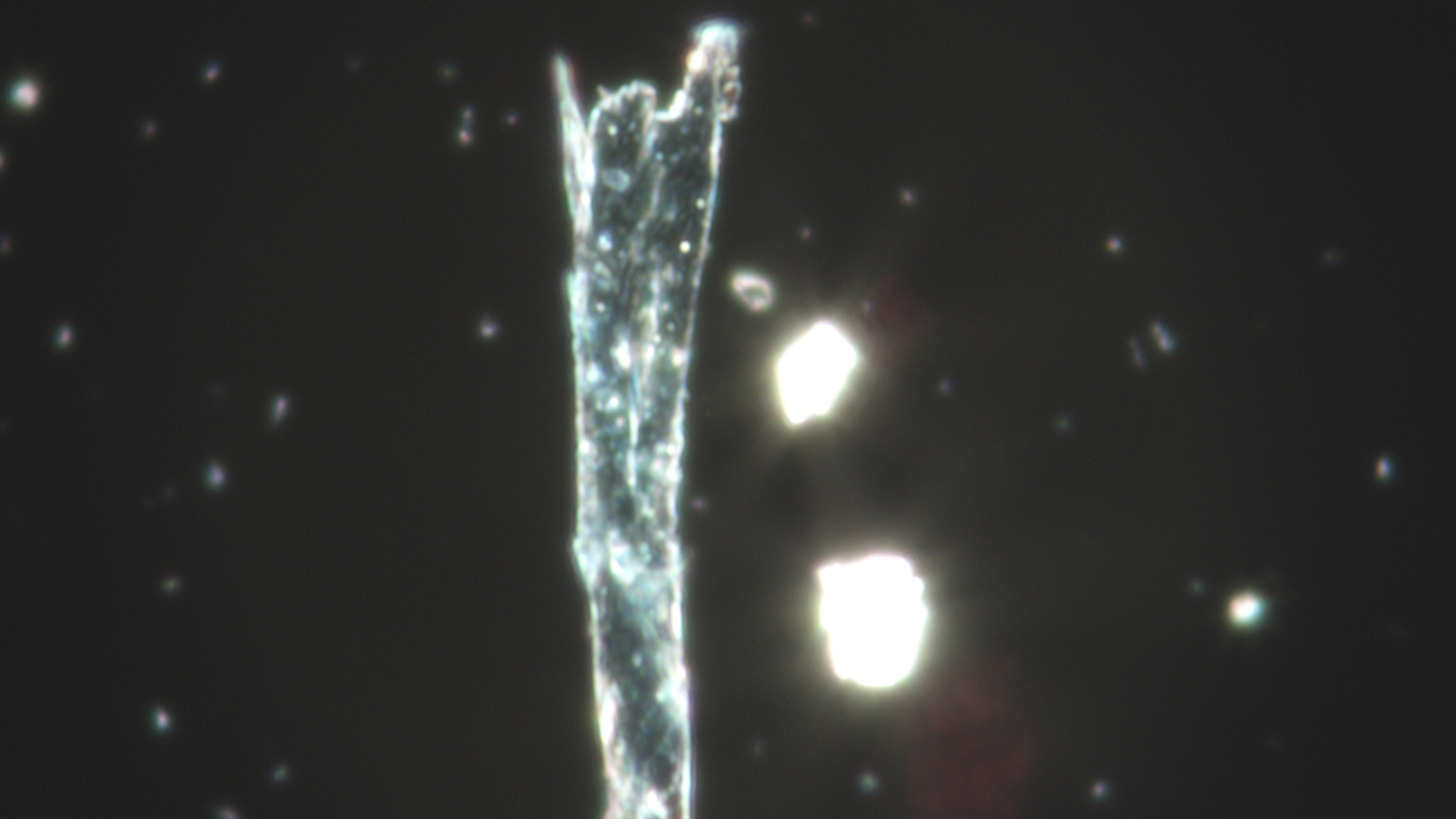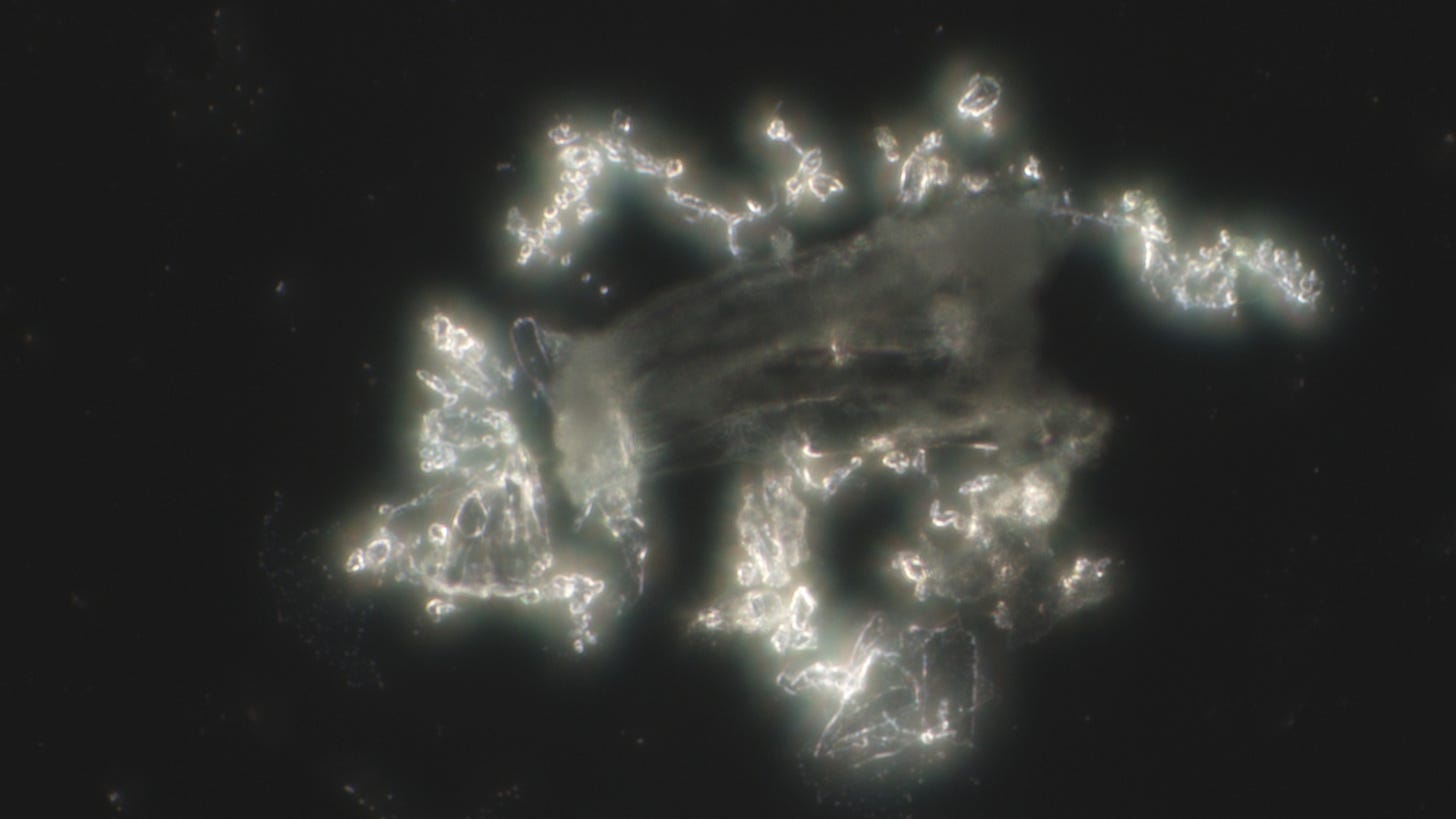In order to give the many images in dark field microscopy a better and more comprehensible background, it is important to classify what we see here.
And what we see is not new - just more...
The Carnicom Institute has been conducting research on this topic for years and has compiled a collection of data that is accessible to everyone.
See the following link
Great groundwork has been done here, which has received far too little attention. That should change!
Thank you for that!!!
We always try to immediately name something that we see under the slide - but that's not easy. It is a complex, interconnected system that has crept into our bodies over the years. Only now is it very obvious.
Impressive images from dark-field microscopy may be beautiful, but their background is more than just threatening.
We are running out of time.
And once the symptoms are there - it is usually too late. Turbo cancer, sudden and unexpected, far too early...
Truth is usually uncomfortable. Let's face it.







Good work! Is the alkaline environment the hypothesis for the disassembly of the rectangle?
Great microscope work here Sam. I am working with a small team of microscopists myself and our findings mirror yours in both form and function of these nanomaterials.
https://dfreality.substack.com/p/nanotechnology-in-the-blood-a-compendium
https://dfreality.substack.com/p/the-forced-evolution-of-humanity-5ea
The infestation has undoubtedly reached critical mass.